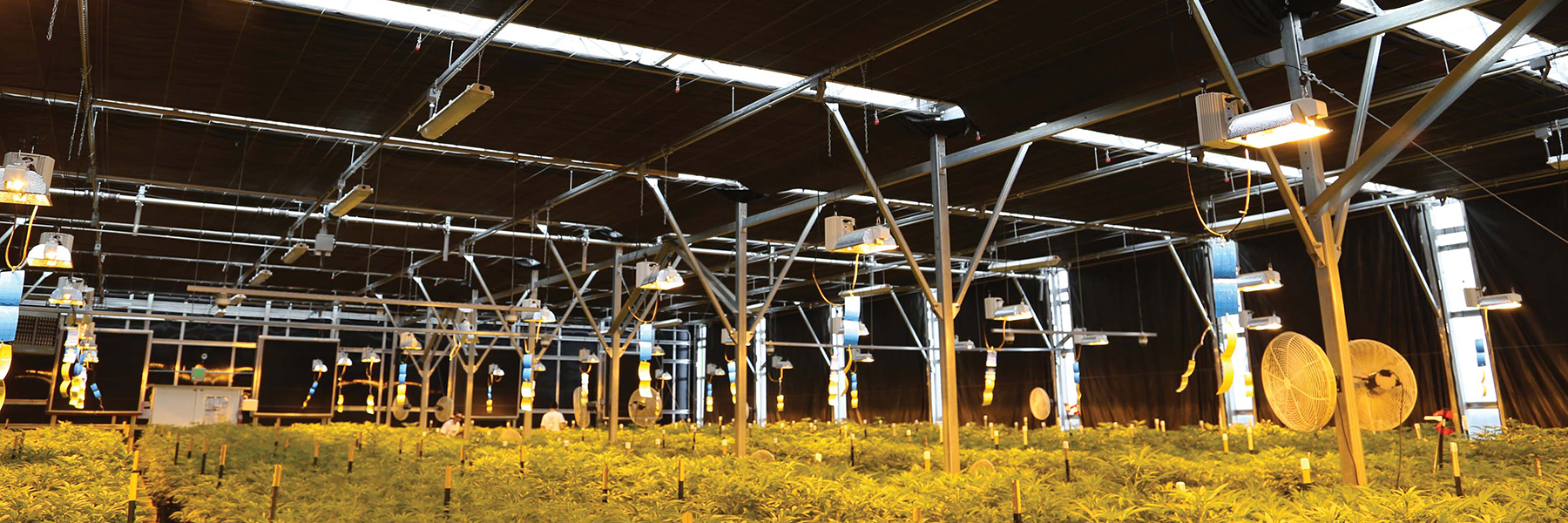Solving Common Problems for the Cannabis Grower
September 17, 2019
Cannabis is a resilient crop, as evident by its ability to be cultivated almost anywhere. Still, there are many common problems that can plague growers, especially those new to cannabis cultivation. When a problem presents itself, growers may begin to stress about decreased yield, negative impacts on THC and even the loss of an entire crop. Fortunately, the hardiness of cannabis provides growers with time to identify the issue and treat it before irreparable damage has been done to the crop.
This resource is intended to familiarize growers with common problems that arise when cultivating cannabis, so they can treat them before the issues get out of hand. Read below to learn how to spot these problems, along with preventative methods and solutions.
Nutrient and pH Problems – Managing the Complex Relationship
The pH balance of growing substrates is of utmost importance because of its effect on nutrient availability. When pH levels are too high, meaning the substrate is exceedingly alkaline, important nutrients can precipitate out of the substrate and become unavailable to the plant. This can cause slower growth and symptoms, like interveinal chlorosis, where leaves begin to yellow due to nutrient imbalance. Levels of pH that are below the recommended range create an overabundance of available nutrients, leading to toxicity.
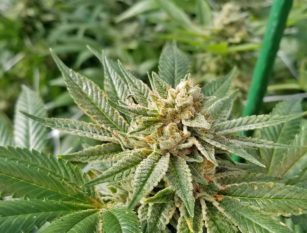
Because pH balance and nutrients are so intertwined, it is important to be aware of another common problem for cannabis cultivators. Nutrients provide improved growth and yield, so it’s easy to see why some newer growers tend to excessively fertilize their crop. Overfeeding crops with nutrients, like nitrogen and magnesium, can lead to a condition known as nutrient burn, and it’s also a waste of fertilizer. Luckily, there is a solution for growers looking for easy nutrient and pH management.
Fertigation systems provide precision control over fertilizer application, and help maintain pH levels, eliminating this common source of problems for cannabis cultivators. A fertigation system allows growers to increase or decrease acid in the irrigation water with ease, ensuring the proper nutrients are available throughout the plants’ entire growth cycle. Fertigation also drastically improves nutrient uptake by providing the fertilizer-infused water directly to the root zone, improving efficiency and reducing the plant’s water and fertilizer needs.
With an automated fertigation system, growers prevent problems and improve the quality of their crops, but they can also save on labor, energy and supplies. Automated fertigation means growers no longer need to painstakingly manage pH balance and fertilizer application. Growers can set the ideal parameters, and the controller will automatically stabilize pH and apply nutrients to the water as it flows into the root zone. Plus, the improved flexibility in application allows growers to regulate water and fertilizer usage, reducing waste and further lowering costs.
Looking for a fergation system? Have questions? Request a Quote today.
Lighting Problems – Improve Plant Quality with Greater Control
Another common area of trouble for growers is lighting. Cannabis cultivation relies on photoperiod control more so than other crops because of how the plant’s growth stages function. The shift from the vegetative to the flowering stage is triggered by the natural changes in the day length that occurs as seasons change, but for growers looking to produce year-round, these changes have to be replicated using photoperiod control. Supplemental lighting and shade are the two main ways growers manipulate the light cycle, but improper use may create even more problems, like stunted growth and lower yield.
In the flowering stage, it can be difficult to provide the necessary darkness year-round. While some growers use shade cloth to cover their plants, these methods are laborious and may allow light to leak through, negatively affecting the plant’s ability to flower. Light deprivation greenhouses, on the other hand, can reduce labor and improve plant development.
These structures are designed to provide total darkness by using automated shade systems, eliminating the need for manual shading. A light deprivation greenhouse also allows growers to take advantage of natural lighting, which provides cannabis with the full-spectrum of light it needs and lowers energy costs. With the benefits of natural sunlight and photoperiod control, growers can create the ideal environment for growing cannabis, while also saving on labor and electricity. Still, there may be times where supplemental lighting is required to ensure crops are receiving the optimal amount of light.
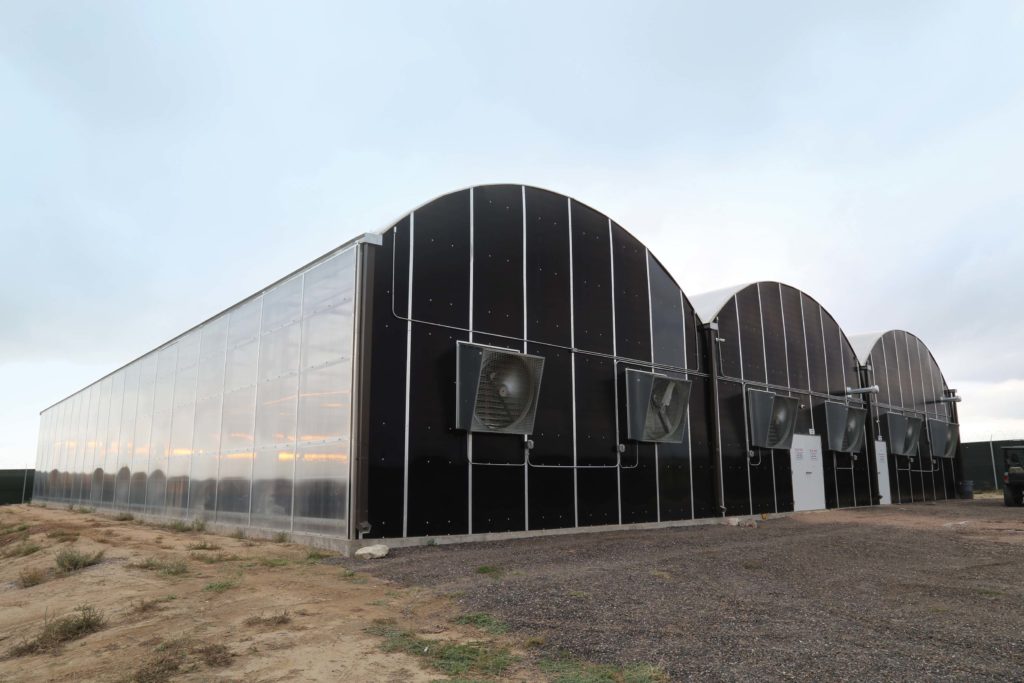
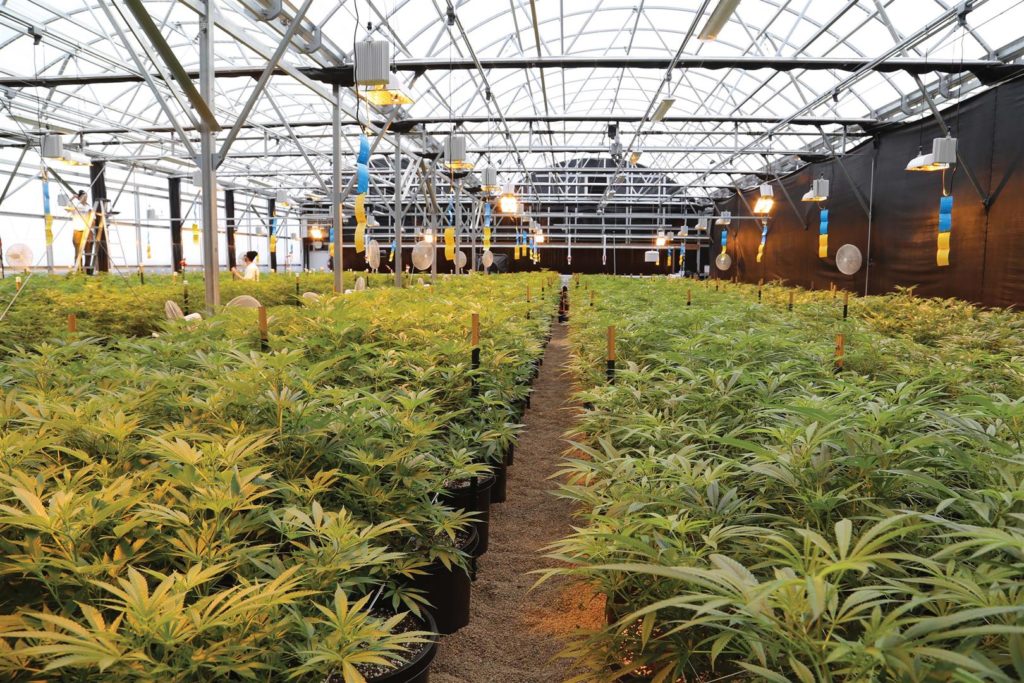
When it comes to supplemental lighting, growers should consider the different spectrums of light that cannabis requires throughout its life cycle, as using the wrong spectrums can inhibit growth and affect THC levels. In the vegetative stage, cannabis prospers underneath a light spectrum that offers a majority of blue light. In the flowering stage, the desirable spectrum to produce buds consists of red light. Utilizing these spectrums during the right growth stages produces a larger yield and a higher quality bud, but with the variety of lighting options available, it can difficult to discern which fixtures should be used when.
Fortunately, there is a lighting solution that can provide cannabis with the light it needs throughout its entire life cycle. Programmable LEDs offer growers the most flexibility, while also providing remarkable energy savings compared to traditional incandescent lighting. With programmable LEDs, growers can provide their crops with the most beneficial spectrums of light, while using the same fixtures from beginning to end. LEDs use much less electricity than other lighting fixtures and produce next to zero heat, meaning growers can experience monthly energy savings when switching from other lights.
Gain control over your operation’s photo period. Request a Quote now.
Watering Problems – Proper Practices and Alternative Methods
Overwatering can be disastrous for an entire crop. While water is an essential component to all successful growing, too much can lead to unhealthy crops. Roots pull oxygen out of the air gaps in soil, so an excess of water clogging those spaces can create a lack of oxygen. This can cause a host of problems, including root rot and even plant death. On the other hand, underwatering, while less dangerous to the crop, leads to dry, wilting plants that may eventually die.
There are some general guidelines growers can follow to try and avoid watering issues. It’s important to regularly check the growing media for excessive dryness or dampness. Some growers test this by hand, but it is advisable to use a more accurate tool like a soil moisture meter, especially in large-scale commercial grows. Growers should also gradually transition crops to larger containers as they grow to avoid overwatering and ensure the roots fill out the soil. As the temperatures rise, plants demand for water increases, but as humidity rises, plants require less water. Managing all of these factors for multiple plants can be difficult, but it is essential for proper growth.
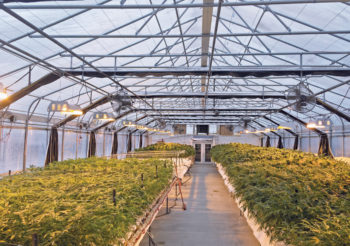
Automated irrigation systems eliminate manual watering, so growers can tend to other important tasks, while still maintaining improved control over the entire crop, leading to reduced labor and lower costs. Growers using irrigation can easily regulate their water usage to improve consistency and uniformity, leading to a higher-quality crop, and at the same time reducing water usage and waste. Reduced waste also limits environmental impacts and preserves important nutrients in the growing media. Automated irrigation systems can be designed for operations on any scale, and they can be controlled with simple digital timers or high-tech smart controllers, depending on the needs of the operation.
Automated irrigation systems are especially beneficial for large-scale grows who need to water many crops and manage several different strains, because these systems can be designed to include individual irrigation zones. The precision control of these systems allows watering of plants at different intervals and durations, meaning growers can meet needs of a specific strain without affecting others. Automated irrigation is one of the best ways to mitigate watering problems, but an often-overlooked alternative is transitioning to hydroponic growing.
Hydroponics systems have long been used for growing cannabis, because they offer a range of benefits for both small and large-scale grows. However, they are well-suited for commercial operations, because they prevent watering issues by eliminating the entire growing media, reducing labor and costs. Plants tend to grow faster in a hydroponics system, mostly due to the fact that nutrients are more readily available to the plants. Since the roots are suspended in water, nutrients are able to directly enter the root zone without having to travel through soil first, improving uptake.
With hydroponics, growers can also increase plant density thanks to the lack of growing media, meaning they can achieve the largest possible yield. The greater control over nutrient application and reduced watering needs also helps improve efficiency and decrease waste, and the combination of these features allow growers to maximize profitability, while also producing a higher-quality crop.
Growing cannabis is uncharted territory for many growers, but as recreational and medicinal legalization continues to sweep across the nation, more and more operations are beginning to explore the cultivation of this desirable cash crop. Addressing these common problems before they occur with preventative measures and the right equipment can save growers time and money.
To learn more about GrowSpan’s solutions to common problems or to speak with a GrowSpan Greenhouse Specialist, Call or Request a Quote today.

